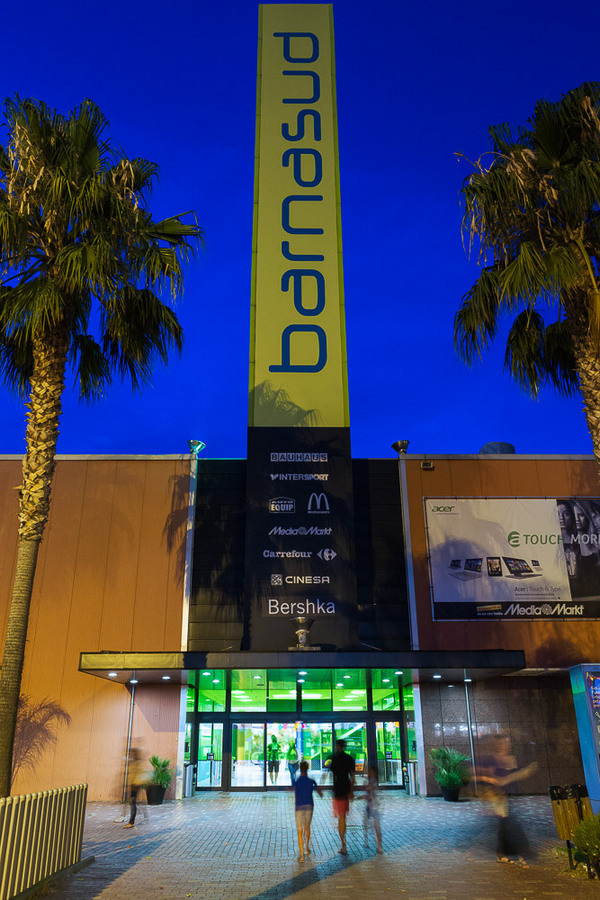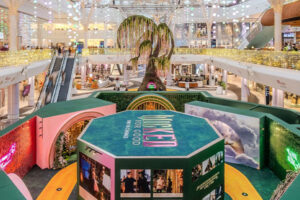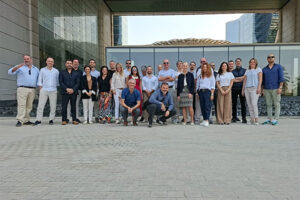By Alberto González
In order to face this new reality it is essential to be determined, but also flexible and eager to embrace change, not only in retail but also in other real estate areas. Despite the undeniable setbacks of some retailers such as department stores, there has also been a surge of others – mainly related to Food & Beverage, wellness, leisure – but also a wide range of retailers of traditional products (e.g. fashion). Other retailers in decline are important multinational companies that are already adapting their business and strategies with positive results.
In fact, e-commerce is complementary to a physical store, but will never replace it. The physical contact between a client and the retailer is essential to transmit the brand’s value and identity, get key data from the client, as well as to provide experience and extra information on the product. Most retailers have also made significant investments in omni-channel retail.
As a consequence, traditional paradigms remain unchanged and now play an even more important role. A shopping mall will “suffer” more or less depending on commercial density, primary trade area, proximity and accessibility, purchasing power, and most of all, anticipation of changes by working hard to understand the changes in consumer habits, as well as being very proactive.
In Spain, the density of shopping malls is similar to the European average, with significant differences between regions, and with many projects ongoing. The number of visitors and sales data of the malls confirm the strength of this business model at a time of increasing income, supported by an improving economy and the continuous entry of new retailers; Spain being one of the main retail destinations worldwide.
Although I support the general concept about the success of regional shopping malls focused on creating an experience with innovative leisure and F&B, I also see opportunities in other kinds of strategies. For example, convenience shopping centers, which will become even more valuable assets.

Moreover, repositioning shopping centers will be key in the coming years; in fact, many haven’t been updated in recent years due to an adverse economic situation, a traditional vision of business, and a lack of professionalization.
Nevertheless, it is important to be very selective, as many malls face difficulties and need know-how, investment, and deep commitment and involvement from their owners in order to transform them.
At Meridia Capital we have some examples of success based on a strategic and transformative vision; more than just focusing on leasing vacant spaces.
One such example is Albufera Plaza in Madrid. In this mall, we converted the intermediate floor into a destination floor by merging seven units into a sole large one: Media Markt.
Additionally, we extended and rebranded the Mercadona unit (first Spanish retailer), creating new accesses and carrying out several CapEx projects.
We also recently acquired the Barnasud shopping center in Barcelona, a proximity mall with excellent anchors, where we plan to make a significant CapEx investment for transformational purposes.
Follow @across_magazine on Twitter and @across.magazine.europe on Facebook, sign up for our ACROSS newsletter and subscribe to ACROSS Magazine.





